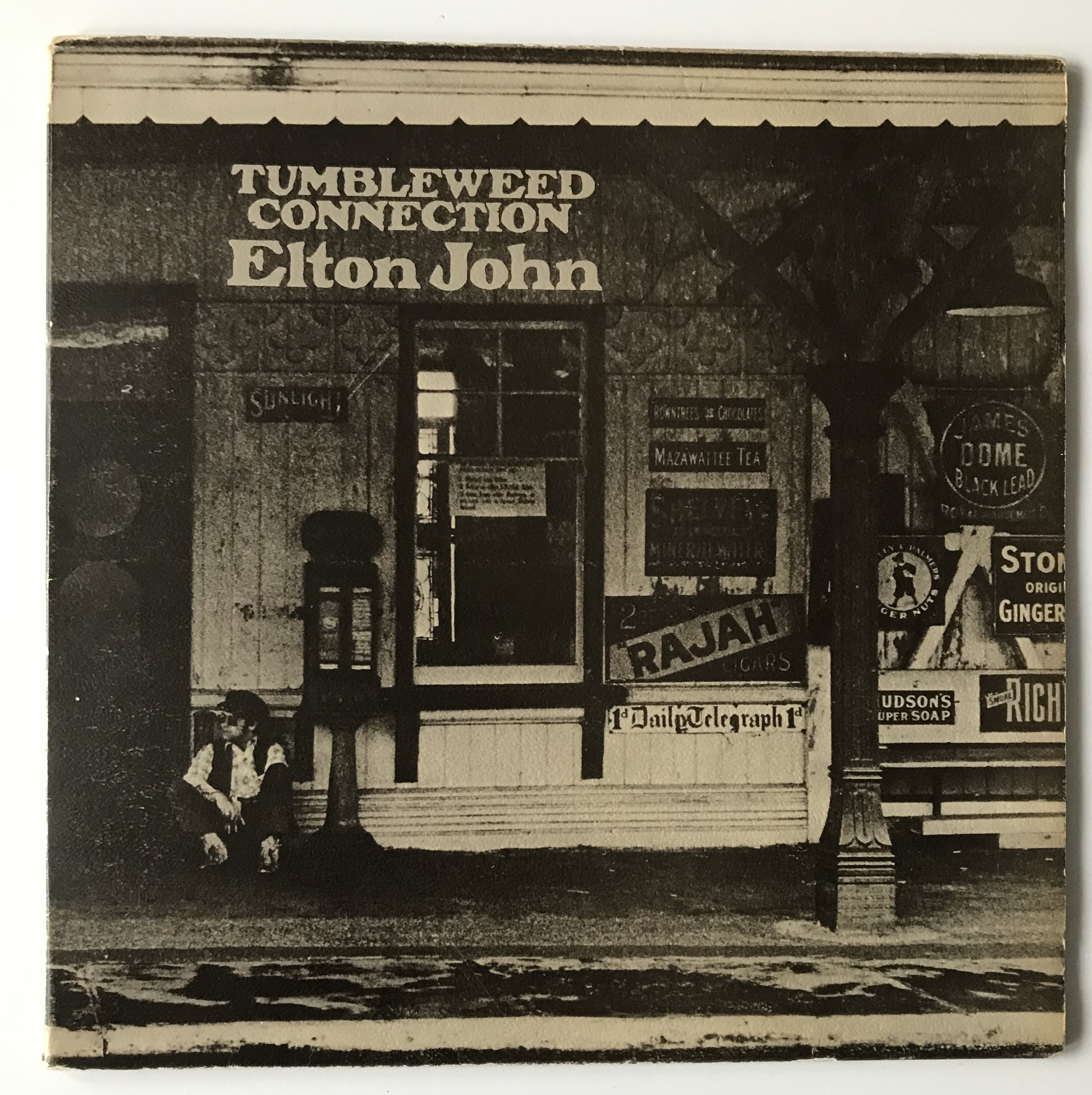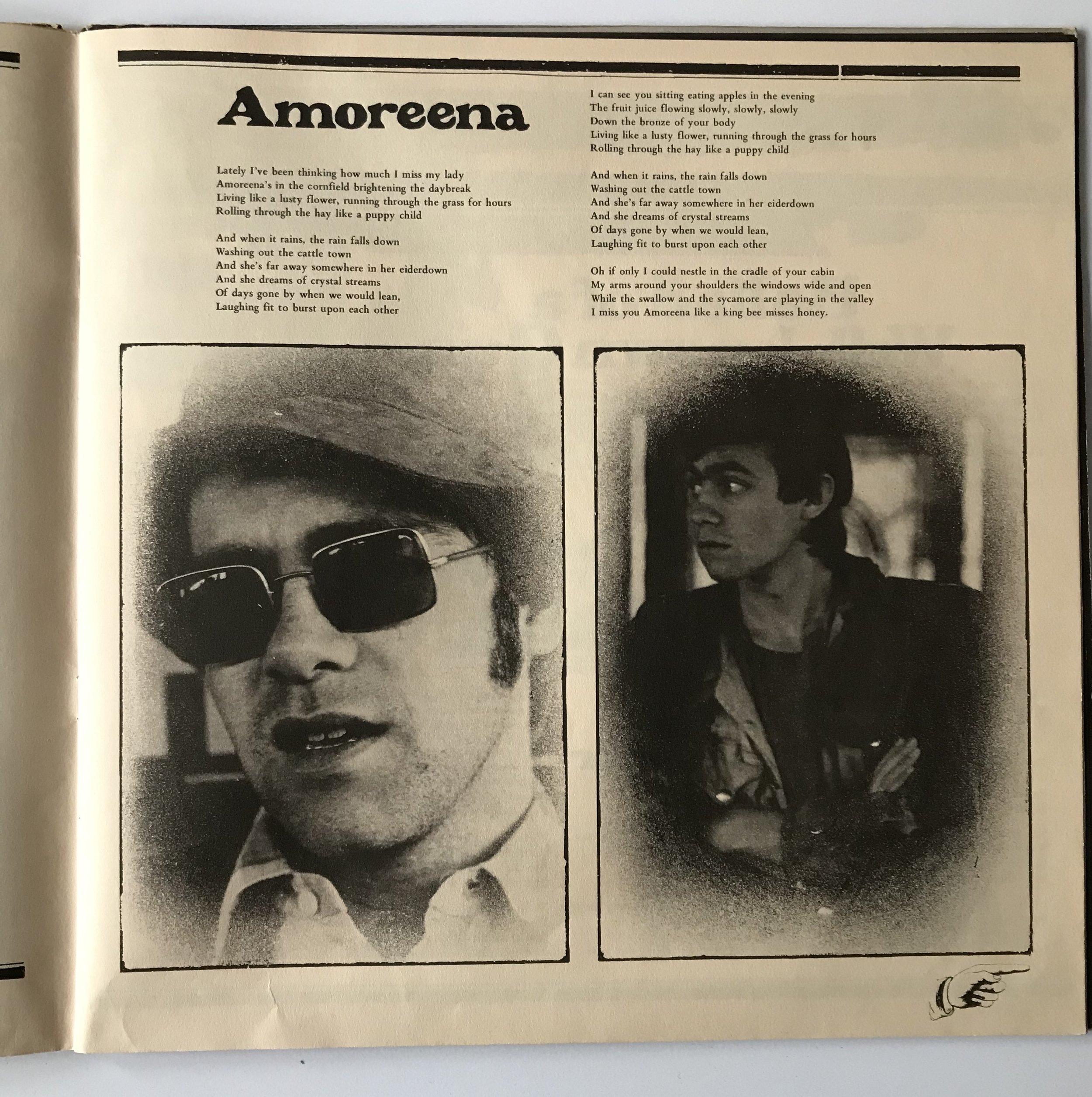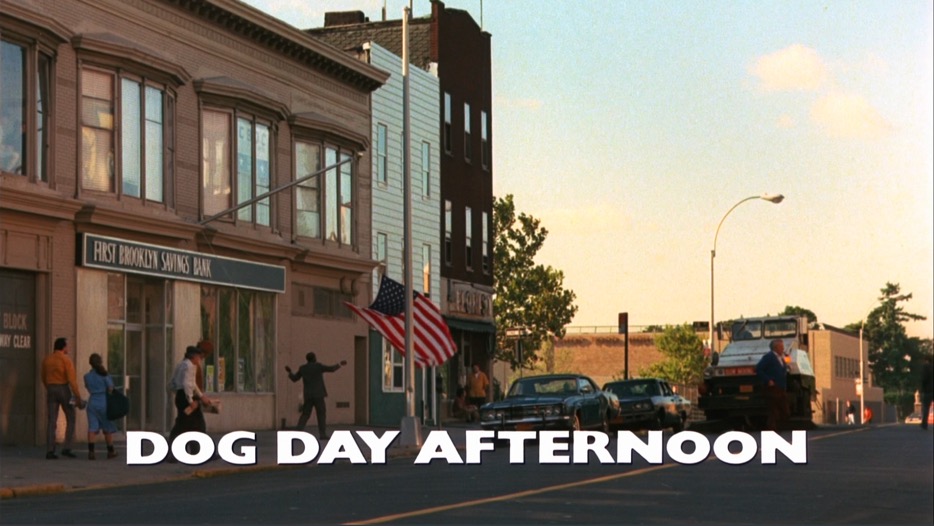I’ve recently acquired a few issues of Creem circa 1971-75 that between their glossy covers are deteriorating as fast as any 50 year-old British inky. I never read the magazine back in the day, I doubt it could have been readily found in Hemel Hempstead’s newsagents, but since those faraway days it has taken on something of a mythic status, hosting, as it did, Lester Bangs, Dave Marsh, Ben Edmonds, Greg Shaw and on occasion Nick Tosches and Greil Marcus. It also, I was surprised to discover, gave fairly regular space for pieces by British writers, mostly from the NME, like Nick Kent and Charles Shaar Murray. There was a regular column, ‘Letter from Britain’ from the always entertaining Simon Frith, whose singles reviews in Let It Rock easily rivalled his American equivalent, Juke Box Jury, that Greg Shaw put together for Creem and for his own magazine, Bomp.
To some extent the magazine lives up to its reputation, it has a terrific sense of community, between the writers most obviously, but also between them and their readers, which was something NME tried to emulate. But what the British weeklies did much better than their monthly American cousin was to create a sense of an unfolding narrative. NME and Melody Maker pulled their readers into the heat of the action, you can see this clearly in the reporting on and around Bowie throughout 1972, each new move he made was eagerly anticipated, reported on and responded to. The music papers produced a remarkable feeling of immediacy (and intimacy). By contrast Creem is all reaction, everything has already happened. It features last month’s story, NME and MM were about tomorrow.
An exemption to the lack of the future tense in Creem is the coverage afforded to the figure of Iggy Pop who runs loose and fast across a number of the issues I have, often he appears as just a note on what he’s doing in London or Hollywood but always with anticipation that he is about to deliver and in doing so change the very fabric of rock culture. Must have been frustrating as hell to have been a proselytiser for the Stooges back in those days, because, at least in retrospect, Iggy was always going to disappoint.
In the news stub above, from January 1974, Iggy is sharing coffee and donuts with Elton John while the Stooges are undertaking a week’s engagement at Richard’s in Atlanta, Georgia. One of those shows was recorded and released in the deluxe Raw Power box from a few years ago and were witnessed by James ‘The Hound’ Marshall, who has written about his teenage road trip from New York to Georgia to see the band [here]. Elton sat through two shows, appearing on stage during one of them in a gorilla costume. He said of Iggy, “I simply can’t understand why he’s not a huge star.’
He should have asked Pete Townshend, he sure knew why Iggy was never gonna clean up. In the same issue he’s interviewed by CSM about Quadrophenia as well as things like Bowie’s Pinups and the overlaps between the two albums, especially as they relate to rock history and rock stars. On the latter, some of CSM’s colleagues think stars should conform to the image of a noble savage. Inevitably, then, Iggy is raised as a sort of exemplar of the type and the conversation skirts around whether he might appeal to the kid in the ‘Punk and Godfather’. Townshend thinks not. Songs aimed at teenagers need to contain ‘a lot of the tight, integrated, directed, pointed frustration of a fifteen or sixteen year-old . . . But someone like Iggy and the Stooges couldn’t grasp that if they stood on their heads, because inside they’re old men.’ Now that’s an image worth pondering over . . .





